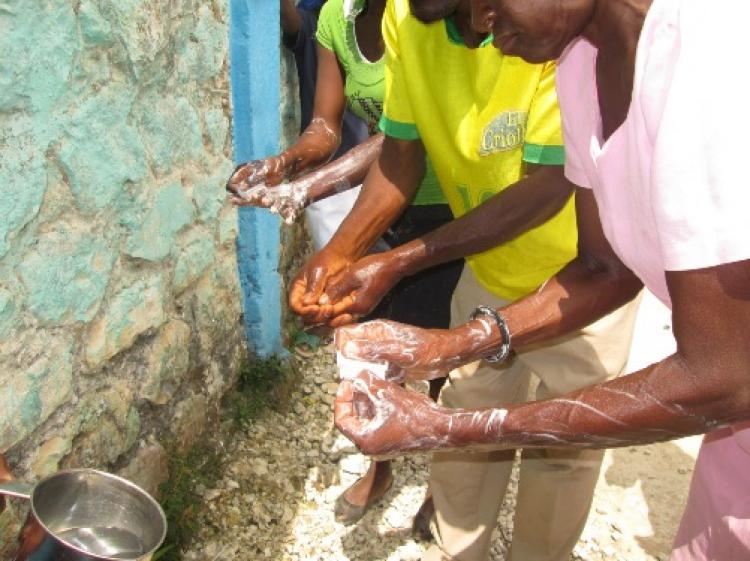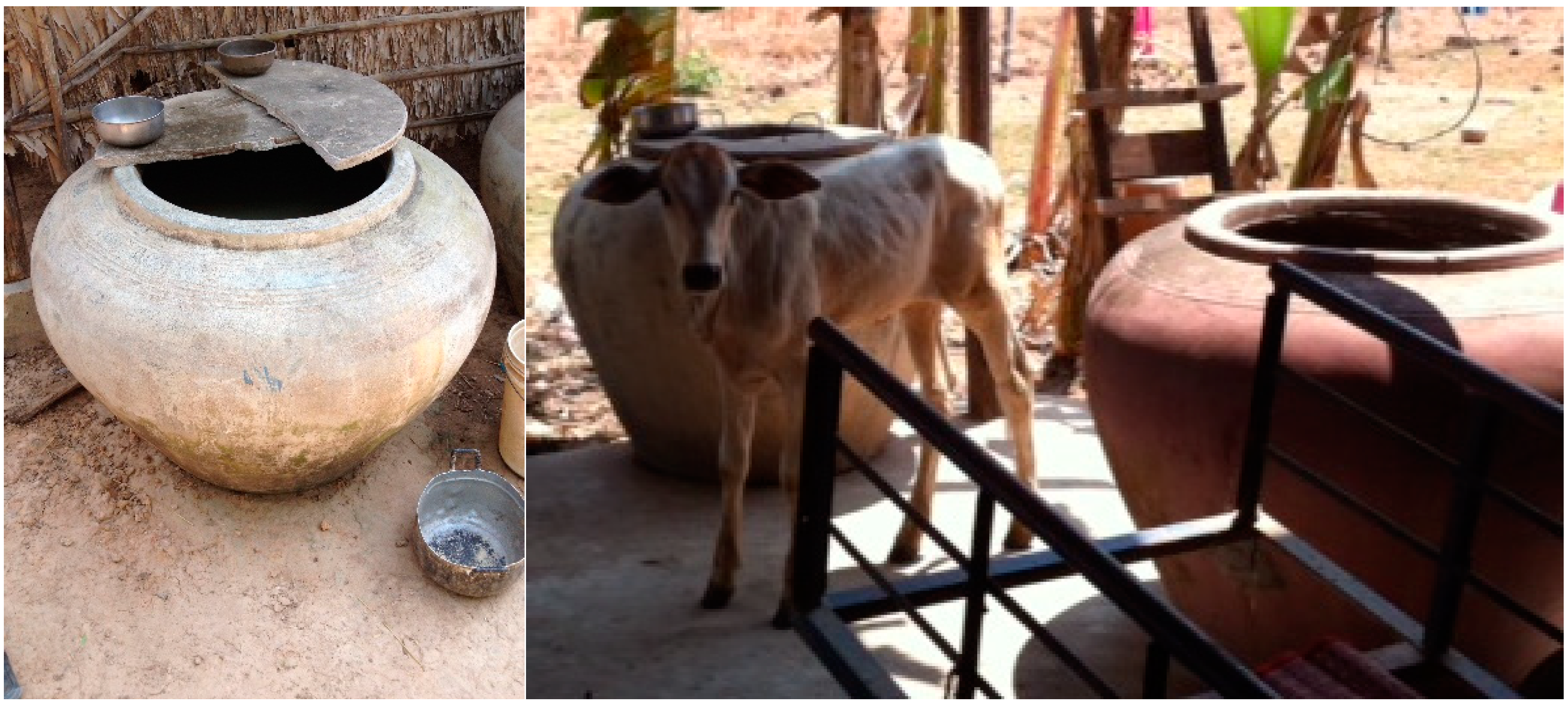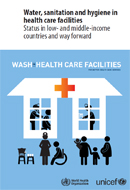A third of health care facilities in the developing world don't even have water and soap for handwashing. A shameful situation that can be overcome with simple solutions and global action.
Published on: 03/04/2015

It is shameful that there are health care facilities failing to provide a safe environment, compromising the health of those who turn to them for care
A new report by the World Health Organization (WHO) and UNICEF provides an “alarming picture of the state of WASH in health care facilities" in the developing world [1].
Drawing on limited data from 54 low- and middle-income countries the report concludes that 38% of the facilities lack access to an improved water source, 19% lack improved sanitation and 35% do not have water and soap for handwashing.
Mary Mwape, a midwife at Lubwe Mission Hospital in Luapal Province of Zambia, often has no water to wash her hands or clean the newborn. Babies risk death if they are infected with diseases like tetanus or sepsis, she says [2]. Each year an estimated 289 000 mothers and 2.9 million newborns die worldwide from birth-related complications and infections [3].
"It is shameful that there are health care facilities failing to provide a safe environment, compromising the health of those who turn to them for care," says Jamie Bartram, director of The Water Institute at the University of North Carolina at Chapel Hill and co-author of the WHO/UNICEF report [4].
Besides the lack of adequate WASH facilities, there is an urgent need for “training and capacity building to ensure there are sufficient resources and personnel to operate and maintain” these facilities and to “enable health care staff to deliver hygiene behaviour change messages”, the report says.
While the situation appears “bleak”, there are hopeful examples of national government initiatives. Providing water stations for safe drinking water and hand washing in health facilities is a simple solution that has worked in Zambia [2].
In 2010, the Ministry of Health with support from the Tropical Disease Research Centre in Ndola and others, installed small water stations in 150, mostly rural, health care facilities. Two locally produced water stations were placed at key points in each health facility: one station for chlorinated drinking water and other for handwashing with soap.
WHO and Unicef believe that all health care facilities can have adequate WASH services if there is coordinated, global action, with leadership from the health sector.
![]() In December 2014, a group of academics and representatives from WASH and maternal and newborn health (MNH) agencies, including WHO, presented a call to action for intersectoral collaboration [5].
In December 2014, a group of academics and representatives from WASH and maternal and newborn health (MNH) agencies, including WHO, presented a call to action for intersectoral collaboration [5].
An international group of WASH NGOs, led by Simavi and IRC, launched a call in December 2014 to incorporate WASH targets for schools, health centres and the workplace in the post-2015 development agenda [6].
WaterAid has just launched Healthy Start, a four-year campaign focused on improving the health and nutrition of newborn babies and children. The campaign advocates for access to water, sanitation, and hygiene promotion to be integrated into health policy and delivery locally, nationally and internationally, so that children like Aisha Mkude's son no longer have to die shortly after birth (see video below) [7].
I never paid any attention to hand washing, there's not enough time, or I forget
Once mothers take their newborns home, it is crucial that they and other caregivers maintain good hygiene practices and that they have access to safe water and sanitation facilities.
A recent study in rural Cambodia is one of the few to focus on potential environmental situations that newborns face when they leave health centres. One mother admitted: “I never paid any attention to hand washing, there’s not enough time, or I forget”. The study concluded that handwashing promotion is key to keep newborns healthy [8].

 References
References
[1] Cronk, R. & Bartram, J., 2015. Water, sanitation and hygiene in health care facilities : status in low and middle income countries and way forward, Geneva, Switzerland: World Health Organization (WHO) and Unicef. x, 38 p. : 8 boxes, 2 fig, 8 tab. Avaialable at: www.who.int/water_sanitation_health/publications/wash-health-care-facilities/en/
[2] Simple solution improves water and sanitation in Zambian health-care facilities, WHO, Mar 2015
[3] Langlois, E.V. ... [et al.], 2015. Inequities in postnatal care in low- and middle-income countries: a systematic review and meta-analysis. Bulletin of the World Health Organization, 93(4), pp. 259-270G. DOI: 10.2471/BLT.14.140996
[4] Report reveals alarming lack of water, sanitation and hygiene in health care facilities, UNC-Chapel Hill, 23 Mar 2015
[5] Dietvorst, C. Campaigning for better WASH in health care facilities, IRC, 19 Jan 2015
[6] Terpstra, J. Shouldn't schools and work places have clean water and decent sanitation too?, IRC, 8 Dec 2014
[7] One in five newborn deaths in developing world could be prevented with safe water, toilets and clean hands, WaterAid, 17 Mar 2015
[8] Bazzano, A.N. ... [et al.], 2015. Environmental factors and WASH practices in the perinatal period in Cambodia : implications for newborn health. International journal of environmental research and public health, 12(3), pp.2392-2410. doi:10.3390/ijerph120302392